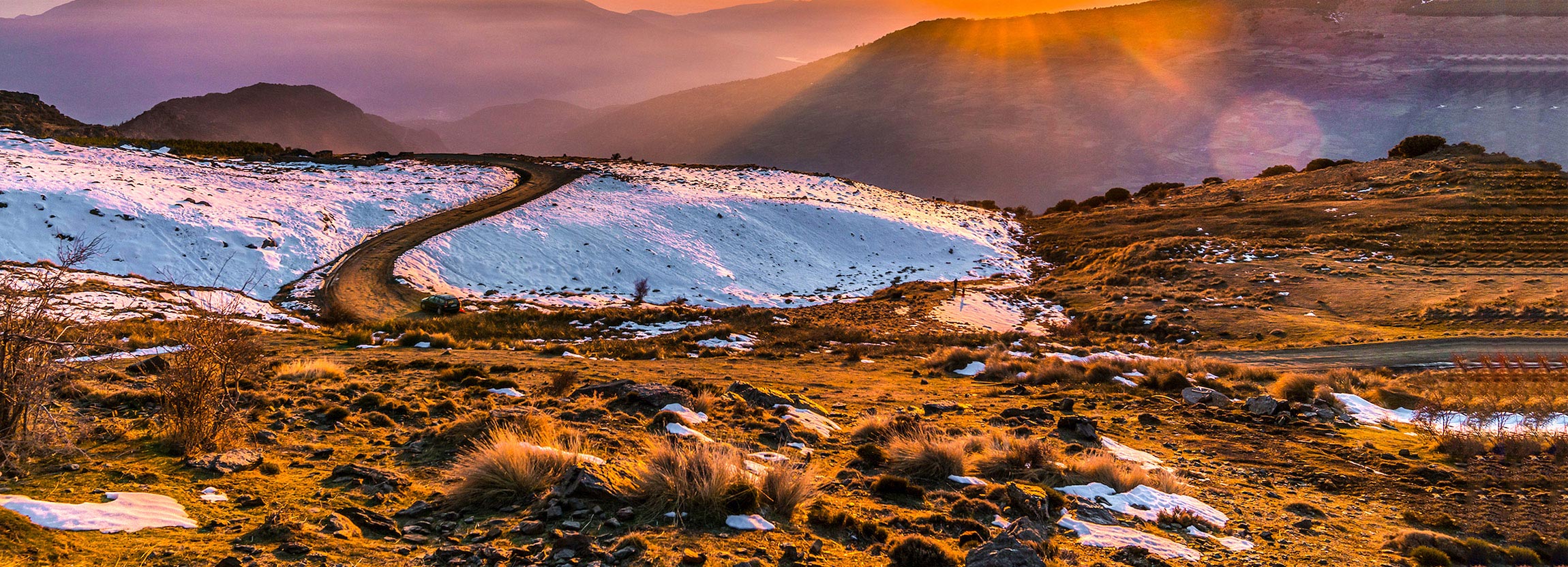I wonder if we are in for another dust bowl, combined with economic collapse. This is also includes areas that have seen a big increase in population.
'Megadrought' emerging in the western US might be worse than any in 1,200 years
Fueled in part by human-caused climate change, a “megadrought” appears to be emerging in the western U.S., a
study published Thursday suggests.
In fact, the nearly-20-year drought is almost as bad or worse than any in the past 1,200 years, scientists say.
Megadroughts – defined as intense droughts that last for decades or longer – once plagued the Desert Southwest. Thanks to global warming, an especially fierce one appears to be coming back:
"We now have enough observations of current drought and tree-ring records of past drought to say that we're on the same trajectory as the worst prehistoric droughts," said study lead author A. Park Williams, a bioclimatologist at Columbia University, in a statement. This is “a drought bigger than what modern society has seen."
Scientists say that about half of this historic drought can be blamed on man-made global warming. Some of the impacts today include shrinking reservoirs and worsening wildfire seasons.
Severe droughts parched western North America hundreds of years ago. They may return, thanks to climate change.

www.nationalgeographic.com
Described in a comprehensive
new study published Wednesday in the journal
Science Advances, scientists now understand the causes of the megadroughts common during the medieval period
. With climate change, they predict more megadroughts in the future.
"What’s new here is they are really putting the pieces together in a way that hasn’t been done before,” says
Connie Woodhouse, a climate scientist at the University of Arizona who was uninvolved with the study.
A string of decade-long droughts occurred in the American Southwest during the medieval period, between 800 and 1600 CE. The researchers tied together previously existing theories about megadroughts to discover three main drivers.
Lead author
Nathan Steiger, a climate scientist at Columbia University, says that the study was “exciting scientifically, but [the] consequences are not good” for a warming future.
Their analysis pinpoints three main factors causing megadroughts in the American Southwest: Cooling water temperatures in the Pacific Ocean, warming water in the Atlantic Ocean, and something called radiative forcing. A novel part of this study, Steiger says, was “showing that radiative forcing is important too for causing these megadroughts.”




